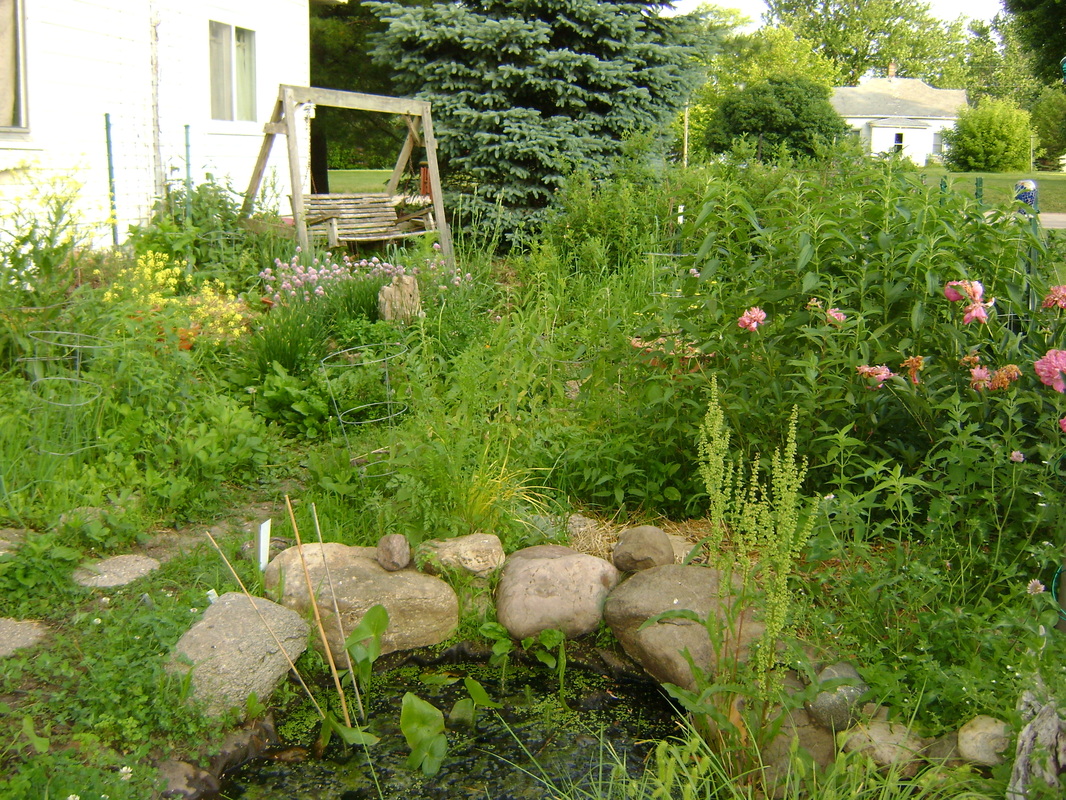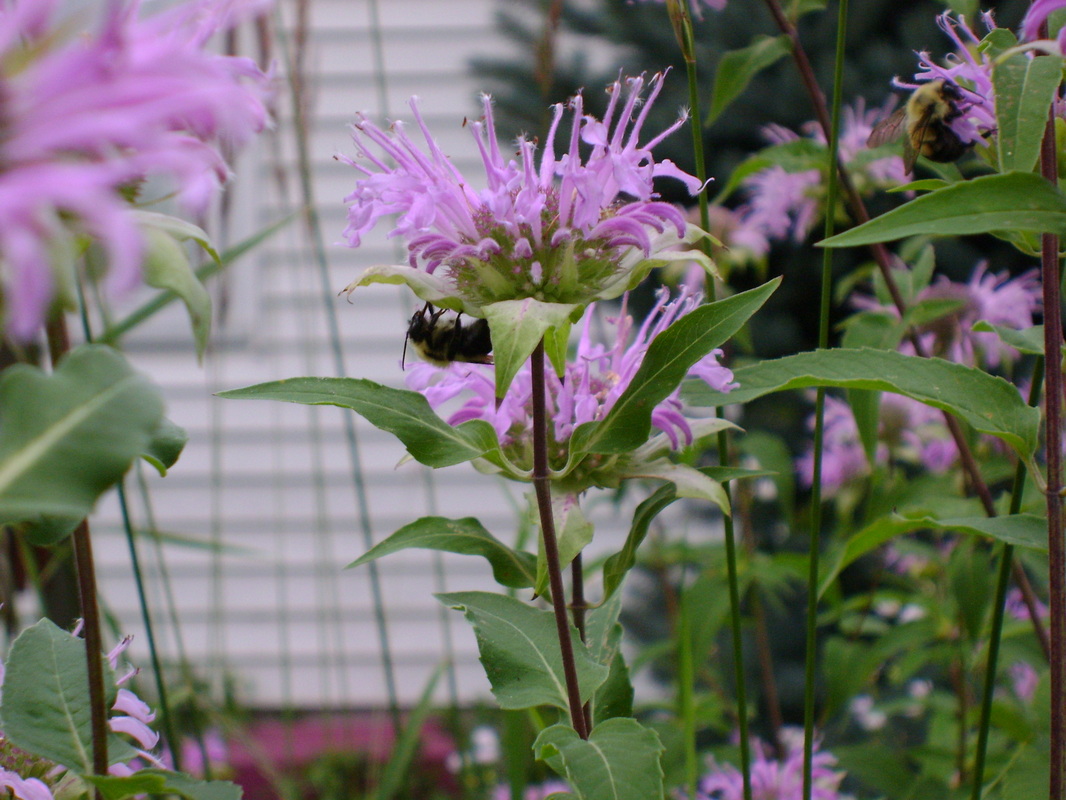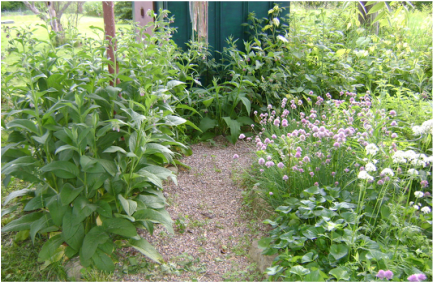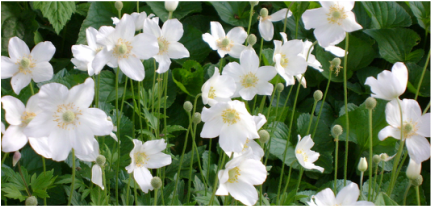PERMACULTURE 101
From Theresa
|
Permaculture gardens are ecologically sound,
and so provide habitat for wildlife as well as food for humans. |
I waited a long time to own a house (I was 39) and one of the main reasons I wanted to be a home owner was so that I could finally begin gardening. I had what may have seemed like some pretty lofty goals, to provide an easy-maintenance food and medicinal herb garden for us, while creating ecologically sound wildlife habitat. I expected gardening to be a gentle pastime that brought me more into harmony with Nature and Her cycles. Instead, I discovered that conventional gardening is more about controlling Nature: making certain plants grow where and how you want them to, and killing everything else.
I wanted to garden in a way that is more natural. I discovered a book in a gardening display at our local library called Gaia’s Garden by Toby Hemenway. It caught my eye because Gaia is one name for our planet, known to some as a loving, Mother Nature like-Goddess. The blurb on the back of the book said that it was a guide to home-scale permaculture, which is: “…a gardening system that combines the best features of wildlife habitat, edible landscapes, and conventional flower and vegetable gardens into a self-renewing landscape that lets Nature do most of the work.” I was so excited when I discovered this book! It was exactly what I wanted to create in my tiny yard (our lot is under 1/8 of an acre). It led me to an entirely different kind of gardening philosophy. I'd like to share some of permaculture's great ideas with you, that I first learned from Gaia's Garden. Permaculture 101 includes:
|




